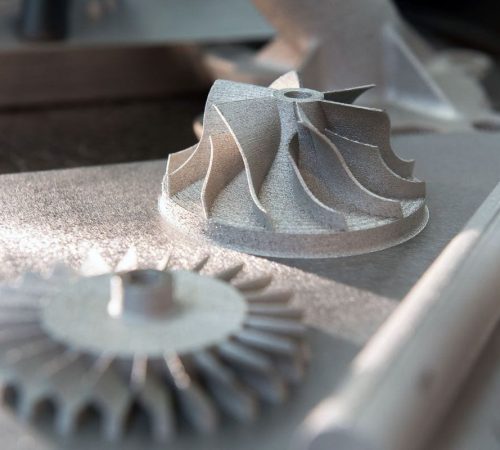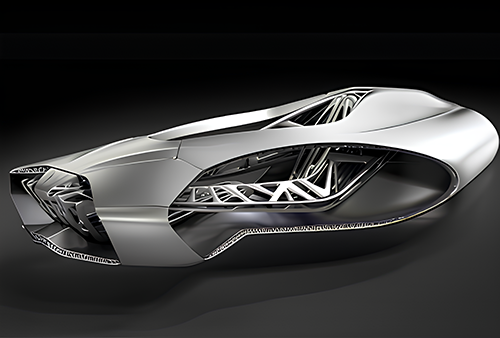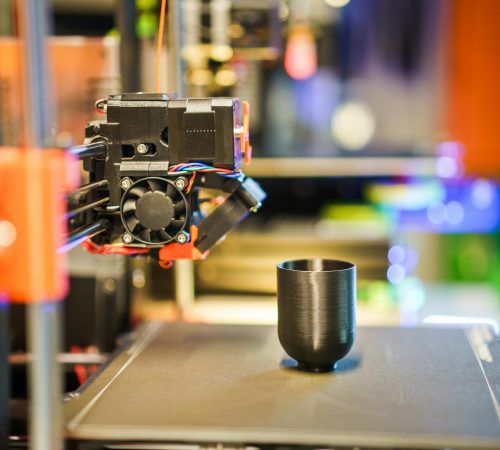Additive Manufacturing: Manufacturing Technology of the Future
Additive manufacturing (3D printing) is the process of creating a physical object from a digital model. This innovative technology is revolutionising multiple industries and radically changing production processes.
As FASTINAP, we offer high quality, fast and cost-effective solutions to our customers by utilising the advantages offered by additive manufacturing.

Advantages of Additive Manufacturing
1. Design Flexibility: Additive manufacturing enables the production of complex geometries and customised parts that are impossible with conventional methods. This enables more creative and innovative designs to be realised.
2. Speed and Efficiency: Rapid production of prototypes accelerates product development processes. The shortening of production processes offers faster market entry.
3. Cost Savings: It minimises material waste and does not require expensive processes such as moulding in small-scale production. This provides cost advantage especially in low volume production.
4. Material Diversity: It offers the ability to use a wide range of materials, including plastics, metals, ceramics and composite materials. This makes it possible to produce solutions suitable for the needs of different sectors.
Additive Manufacturing Methods
1. Fused Deposition Modelling (FDM): In this method, thermoplastic materials are in the form of a spool-shaped wire and are melted by heating through a nozzle. The melted material is compressed into the base of the object according to the desired shape and layer thickness.
2. Stereolithography (SLA): It works using liquid resins that are sensitive to UV light. Layers of resin are hardened on the substrate of the product by laser or UV light. This process transforms the liquid resin into a solid material.
3. Selective Laser Sintering (SLS): In this method, a laser beam is used to sinter (assemble) the fine powder material in the base in a specific pattern. The object is formed by adding each sintering layer on top of each other.
4. Binder Jetting: In this method, a thin layer of powder is spread and a binder is sprayed to harden certain areas. Then the next layer of powder is added and the process repeats layer by layer.
5. Digital Light Processing (DLP): In this method, resin layers are cured layer by layer using UV light. DLP is similar to SLA but offers a faster process.
6. Electron Beam Melting (EBM): This method melts powdered metal layer by layer using electron beams. It is often used in the production of metal objects.
7. Laminated Object Manufacturing (LOM): This method uses thin layers of paper, plastic or metal. Each layer is bonded together with an adhesive and the object is formed.
8. Continuous Liquid Interface Production (CLIP): In this method, a continuous liquid interface is lowered to the bottom of the object while a layer of light-curing resin is continuously pulled up. This ensures a fast and uninterrupted production process.

Impact of Additive Manufacturing on Sectors
- Rail Systems: High-strength, lightweight parts.
- Automotive: Rapid prototypes and customised parts.
- Defence and Aerospace: Durable, lightweight and complex metal components.
- Machinery: Rapid production of components with complex geometries.


